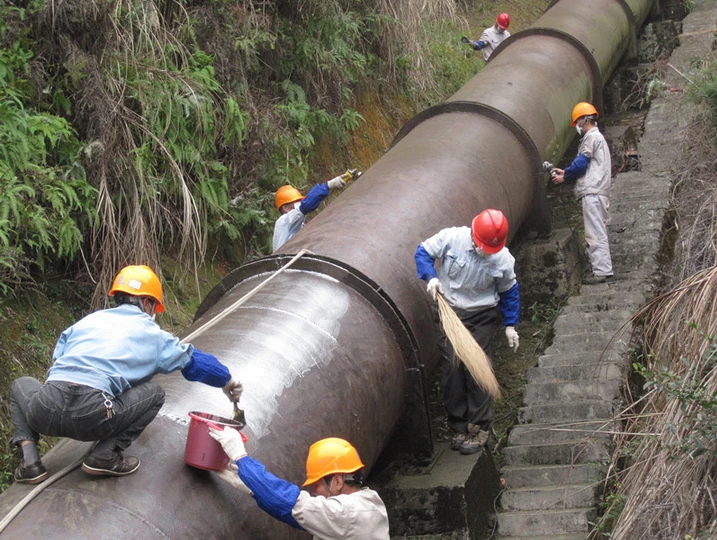On this page
Long distance oil and gas pipeline is an important means of energy security. In the process of anticorrosion construction for oil and gas pipeline, the surface treatment of steel pipe is one of the key factors that determine the service life of pipeline. It is necessary for the solid combination of anti-corrosion layer and steel tube.
Verified by research institutions, the service life of anti-corrosion layers depends on factors such as coating types, quality, construction environment etc. Besides, the surface treatment of steel tube is also a crucial factor that effects on the coating lifespan greatly. Therefore, we should carry out continuous exploration and summary to improve the surface treatment methods strictly in accordance with requirements.
Use solvent and emulsion to clean steel surface, which can remove oil, grease, dirt, lubricants, and similar organic matter. However, it cannot remove rust, scale cinder, welding flux etc on the surface of the steel. Therefore, it can only be as auxiliary means in anti-corrosion process.
Steel wire brushes and other tools are widely used in grind process because they can remove loose or cock scale, rust, slag, etc. Hand tools can achieve Sa2 derusting level, while power tool can reach Sa3. If the pipe surface is adhered with solid oxide scale, the result of power tool cleaning will be unsatisfactory, and can’t meet the anchor pattern depth required by anticorrosion construction.
Chemical and electrolytic pickling are the common two methods of acid pickling process. Pipeline anticorrosion only adopts chemical pickling to remove scale, rust and old coating. Chemical pickling can also be used as reprocessing after sandblasting. It can make the surface clean and coarse to some extent while the anchor pattern made by it is shallow. Moreover, chemical pickling is harmful to the environment.
